Impact Stories
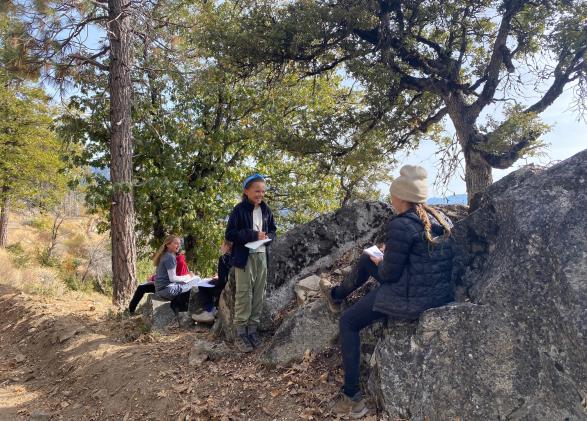
Fall Reflections from NatureBridge Yosemite
As an environmental science educator, I spend a lot of time teaching about nature, but this season I’ve been finding that as it turns out, nature has a lot to teach us, too. Sometimes I can let the trees, the meadow, and the lichen teach for me. They show us how to respect each other’s boundaries, how to celebrate differences, how to work together, and how to lean on each other’s strengths in order to exist in a new place. These lessons felt incredibly relevant to me heading into the first week of November, a notoriously busy time at NatureBridge Yosemite. I wanted to focus on messages of kindness and inclusivity with my students, I wanted them to feel a sense of belonging in this new space, and I also hoped that they would share those messages with others.
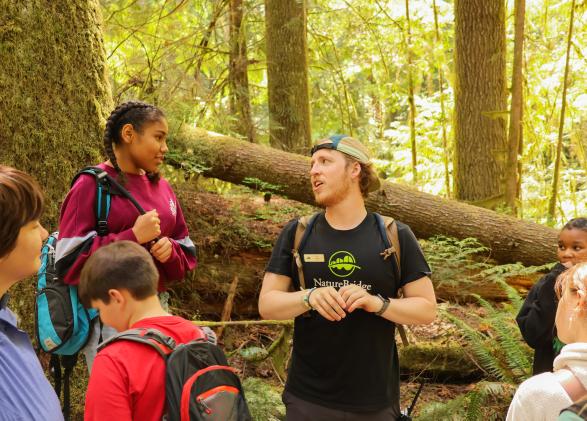
Five Ways Outdoor School Programs Transform Learning: A Back-to-School Guide for Teachers
Outdoor environmental education programs like NatureBridge offer a unique and transformative approach to engaging students. A recent study by the Stanford University and the North American Association for Environmental Education shows that overnight outdoor school can have profound impacts on students by improving their academic and emotional development. Here are five ways outdoor school programs can advance your students’ learning this school year.
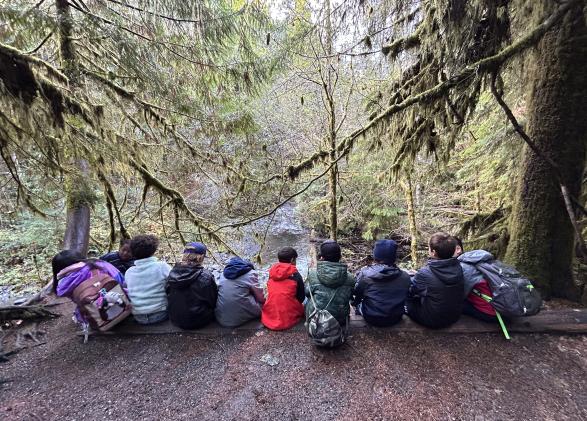
Poetry from the Trail
Sixth grader Cade Sutton and his school are from Colorado, and during our week together the students were getting really stoked about Pacific Northwest tree identification. Recognizing their interest, on our challenge hike day up Mt. Storm King I offered recitations of a couple tree-themed poems I had written to those who wanted to hear. Cade was particularly excited about these and continued his curiosity and engagement in learning about the trees around him... On Cade's turn, he shared that what rocked about his day was "being able to express myself through poetry." Teary eyed, it warmed my heart to know he not only had the courage and confidence to share his work with our trail group, but also that he had an opportunity to follow his passions at NatureBridge. Experiences like this remind me how our programs can make a lasting impact, or are made to last—just like the cedar tree of Cade's poetic affection.
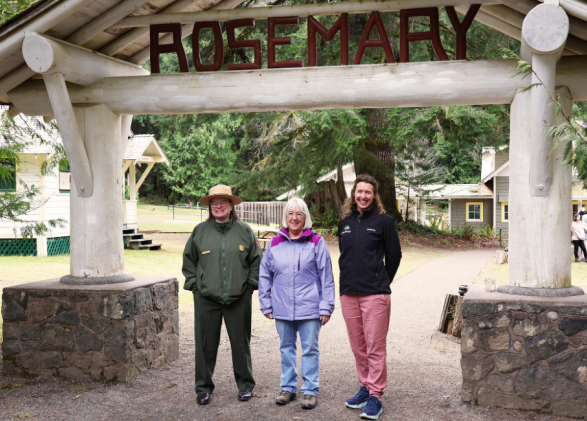
Senator Patty Murray Visits NatureBridge in Olympic National Park
On April 5, 2023, our NatureBridge team at Olympic was honored to host U.S. Senator Patty Murray on our campus. Senator Murray and her team joined us for an afternoon, learning about NatureBridge’s mission to connect young people to the wonder and science of the natural world.
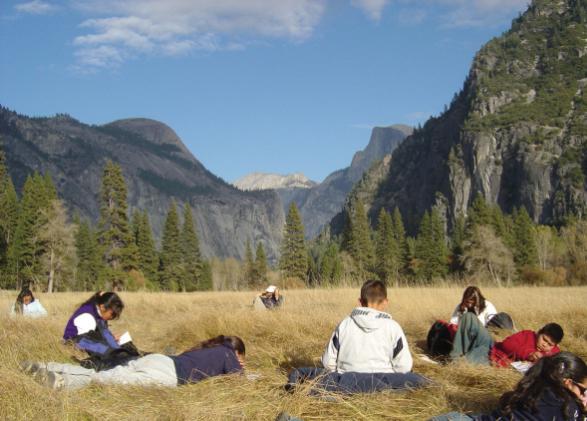
Student to Steward: UC Berkeley Climate Program Director Ethan Elkind
This story is part of our series, Students to Stewards, focused on the incredible trajectories of former NatureBridge students. Specifically, the impact of their program experience on where they are today. Ethan Elkind’s trajectory from a NatureBridge student in the 1990s to a leader in climate change research today is not typical, but it is illustrative — a significant, transformative NatureBridge experience played a role in Ethan’s life that went beyond spurring appreciation of nature. Read our interview with Ethan where we talked about how NatureBridge informed his worldview, the biggest victories he sees in climate policy and why he’s thankful for one particularly infamous meteor.
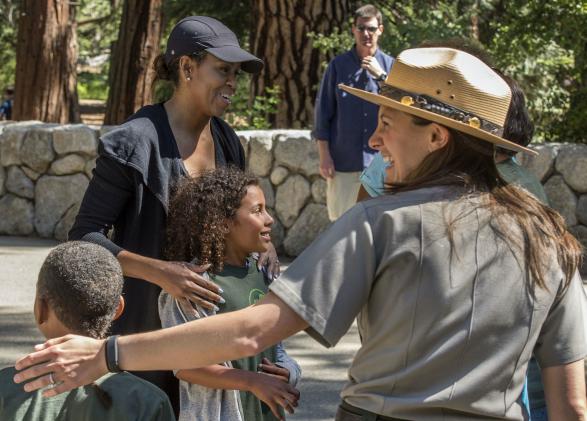
Always Meet Your Heroes: Meeting President Obama in Yosemite
On a bus parked inside Yosemite National Park, Chemnui sat with her classmates as two Secret Service agents in black suits and sunglasses explained the rules: no hats, no hoods; exit the bus in an orderly fashion.
The students, teacher and chaperones filed out. The group had traveled to Yosemite to take part in NatureBridge’s environmental science program. Now, they murmured to each other with excitement as the Secret Service began their briefing.
“That’s when I got nervous,” says Chemnui, who was a fourth grade student at a nearby public school in San Francisco.
“When they said ‘you’re going to meet the Obamas.’”
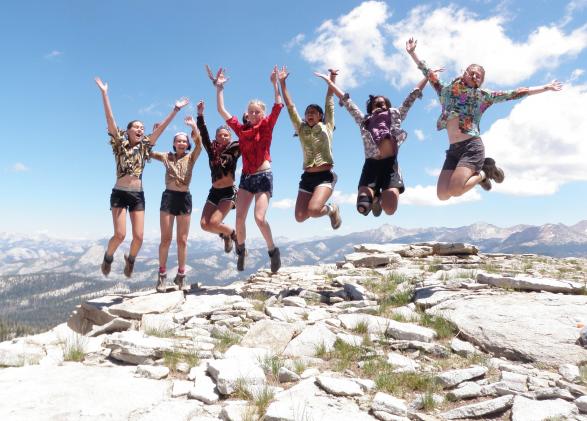
Armstrong Scholars Part III: It Couldn’t Be Done
Jenn Peach led the 2017 Armstrong Scholars program alongside Daniella Beinstock. When the 13-day excursion began, the high school-age women saw Jenn as mature, but little else beyond that — she was there to lead and instruct. After Jenn and Daniella held the open conversation period around the campfire, the dynamics of the entire group changed. One of the memorable questions they fielded around that campfire in the dark: “How do you have the courage to go do things by yourself?”
“At some point I said that I was the person who gave me permission to do things, and it sparked this fascinating conversation about the ‘permission’ to be certain things as a young woman. It opened everyone’s eyes to each other.”
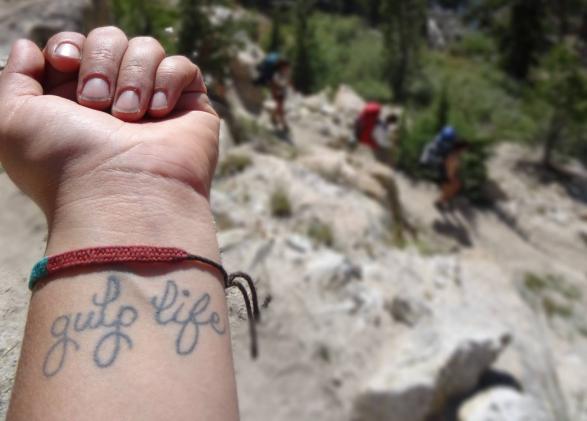
Armstrong Scholars Part II: Full Circle
Jacqueline Ruggieri held her arm up to the screen on our Zoom call. Scrawled in beautiful cursive on her wrist: “gulp life.” The phrase comes from a poem written by Joie Armstrong, and according to Jacqueline, it perfectly embodies who she understands Joie to have been before she was tragically killed in Yosemite National Park in 1999.
“Joie is that poem, ‘Gulp Life,’” she says. “There are at least three of us associated with the program who got this tattoo on our wrists independently of each other.”
When she got the tattoo in 2011, Jacqueline was a NatureBridge educator seven years removed from her experience as an Armstrong Scholar. For her, the path from one to the other is clear and direct. Without participating in the Armstrong Scholars program, she’s not sure where she would be today.

50 Stories for 50 Years: Kim Gesicki-Robinson
Kim Gesicki-Robinson retired from Merryhill Elementary School in 2019 after spending 30+ years as a teacher, and nearly as many years bringing her students to NatureBridge. After speaking with her for a short time, it’s no surprise that she’d find a way to bring kids into the outdoors even after retirement. It was some of the most meaningful work she did as a teacher, and it was some of the most meaningful time the students spent with her.
“I have former students of mine, some of them in their 30s and 40s, who came to visit me after I retired and all they talked about was our time at NatureBridge.”